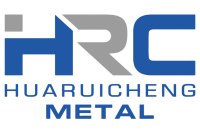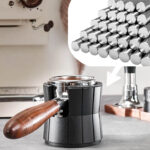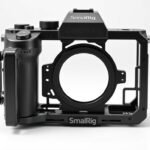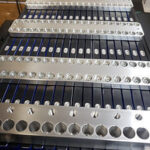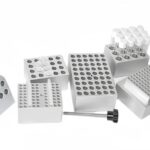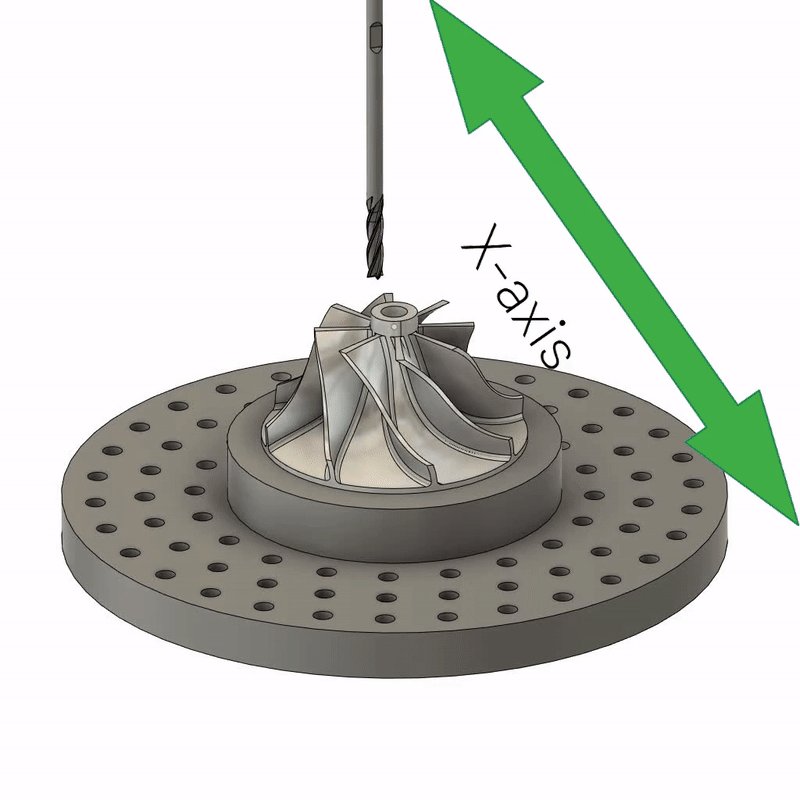5-Axis CNC Machining Services
Custom 5-Axis Machining & Milling with World-Class Precision
Experience faster cycle times, unmatched precision, and superior quality with our advanced 5-axis machining and milling services. Our state-of-the-art technology ensures complex geometries are produced efficiently and accurately, meeting the highest standards for your most demanding projects.
What Is 5-Axis CNC Machining?
5-axis CNC machining is an advanced manufacturing process that utilizes computer-controlled technology to move a machine tool in five distinct directions. These include the standard X, Y, and Z axes for linear movements, along with two additional rotational axes. This capability allows the machine to handle parts of various sizes and shapes with exceptional versatility.
To execute 5-axis CNC machining, specialized computer systems and software are required. These tools enable operators to program precise movements and tool paths for the machining process. Many 5-axis machines also feature rotating tables, which allow the workpiece to be repositioned and accessed from multiple angles without manual intervention.
Compared to traditional CNC machining methods, 5-axis machining offers significant advantages. It eliminates the need for multiple setups, part transfers, and manual handling, reducing the risk of errors and improving efficiency. This process enables high-precision machining from multiple angles in a single setup, making it ideal for producing complex geometries and intricate parts.
5-axis CNC machining is widely used in industries such as aerospace, automotive, medical, and electronics, where precision and complexity are critical. It streamlines production, enhances accuracy, and delivers superior-quality components.
Why Choose Us For 5-Axis CNC Machined Parts?
Combined with our rapid response rate and exceptional customer service, our clients highly value our expertise and approach to precision manufacturing. With reliable 5-axis machining services, HRC Metal is equipped to support your project, offering extensive capabilities for bespoke manufacturing and diverse machining needs.
As an ISO 9001-certified company, HRC Metal demonstrates a commitment to delivering high-quality parts and continuously improving our services to ensure a seamless experience for our clients.
5-axis CNC parts are often custom, intricate, and complex. With over 15 years of experience in producing project-critical, precision-machined components for a wide range of industries, you can trust HRC Metal to deliver exceptional results tailored to your requirements.
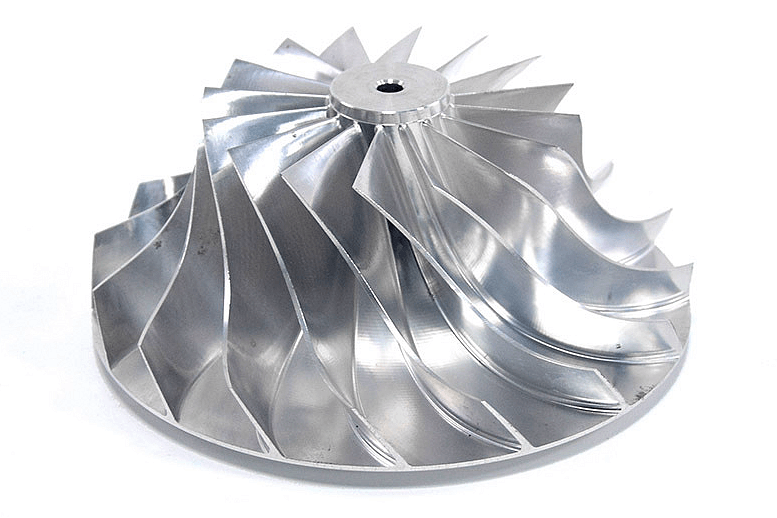
Advantages Of 5-Axis CNC Machining
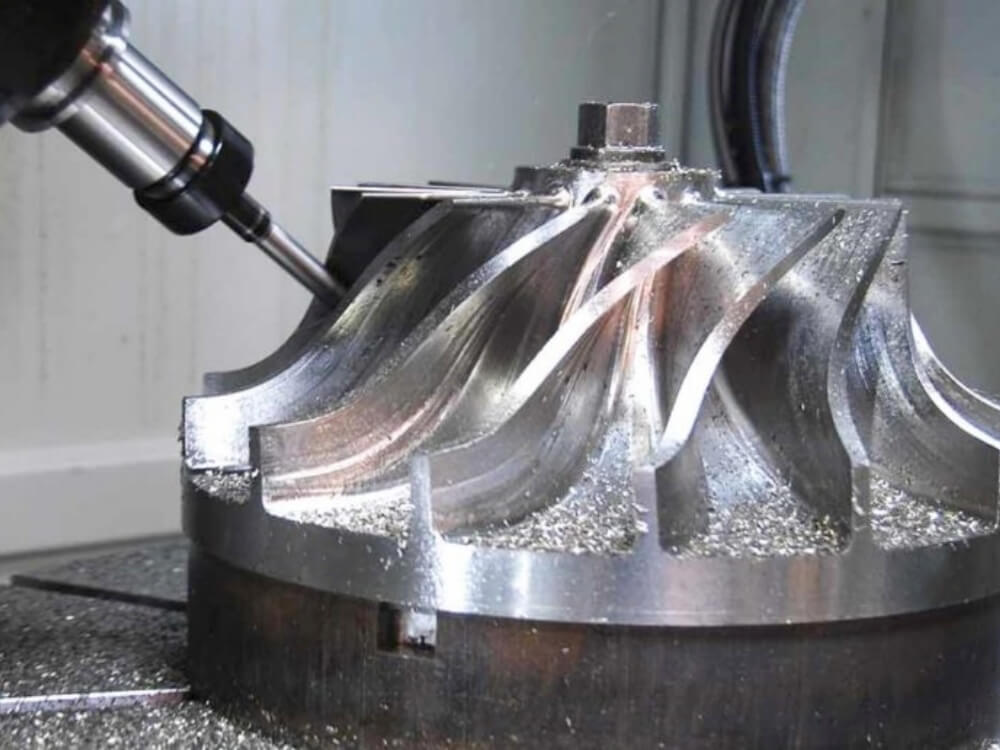
- Short Lead Time
Unlike 3-axis machining, which requires multiple setups and manual rotation to machine different sides of a part, 5-axis machining eliminates the need for frequent repositioning. This streamlined process saves time and minimizes delays, especially for complex-shaped parts. - No Need for Complex Fixtures
3-axis machining often relies on specialized fixtures to hold the workpiece in place. With 5-axis machining, the workpiece remains fixed while the machine rotates it to achieve the desired shape, reducing the need for additional fixtures and simplifying the process. - Intricate Geometries
5-axis CNC machining excels at creating parts with complex shapes and features, such as curved lines and recessed areas. While traditional CNC machines may struggle with such geometries, 5-axis machines handle them effortlessly, expanding design possibilities.
- Increased Accuracy
Frequent setup changes in 3-axis machining can lead to errors and reduced precision. With 5-axis machining, the workpiece remains in a single setup, minimizing the risk of misalignment and ensuring higher accuracy. - Faster Material Removal
In 5-axis machining, the cutting tool can directly access the surface being machined, allowing for more material to be removed with each pass. This results in faster machining speeds, improved efficiency, and reduced costs. - Superior Surface Finishes
Achieving a smooth surface finish with 3-axis machining often requires numerous small cuts, increasing time and cost. 5-axis machines, designed for complex shapes, deliver superior surface finishes more efficiently, enhancing both quality and productivity.
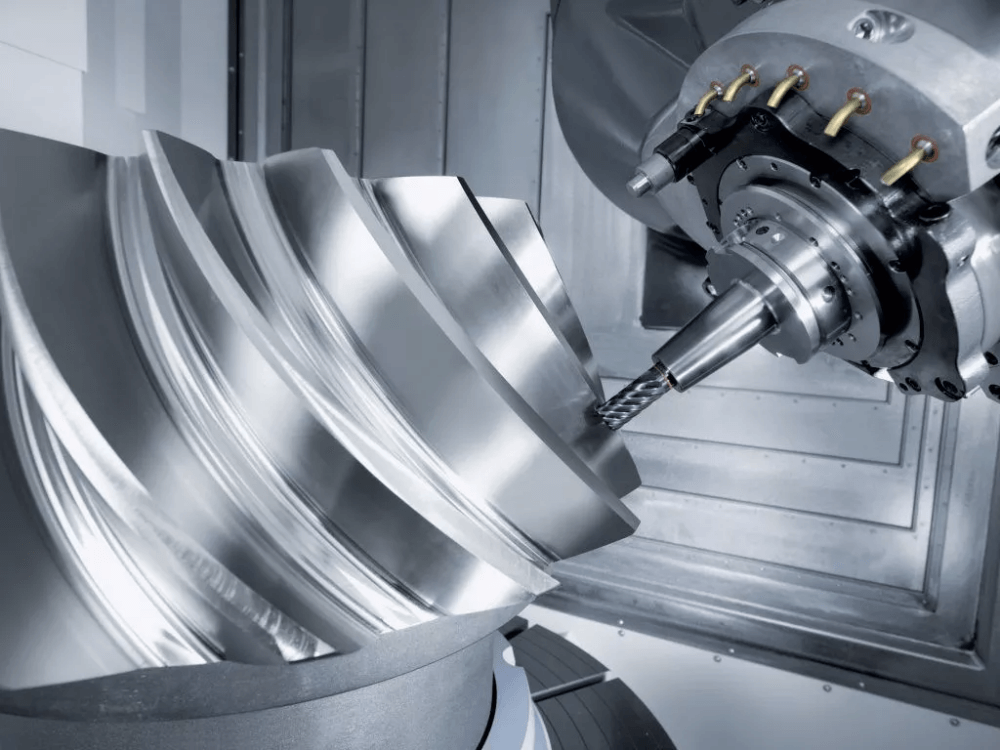
5-Axis CNC Machining FAQs
What is 5-axis CNC machining?
5-axis CNC machining is an advanced manufacturing process that uses computer numerical control (CNC) to move a cutting tool or part along five different axes simultaneously. Unlike traditional 3-axis machining, which operates along the X, Y, and Z axes, 5-axis machining adds two rotational axes (A and B), allowing the tool to approach the workpiece from virtually any direction. This capability enables the production of highly complex, precise, and intricate parts with fewer setups, reducing production time and improving accuracy. It is widely used in industries like aerospace, automotive, and medical manufacturing for creating sophisticated components with tight tolerances.
How does a 5-axis CNC machine work?
A 5-axis CNC machine moves a cutting tool or workpiece along five axes (three linear and two rotational) simultaneously, controlled by CNC software. This allows it to approach the material from nearly any angle, enabling the production of complex, precise parts in a single setup, ideal for industries like aerospace and automotive.
Can the 5-axis provide tight tolerances?
Yes, 5-axis CNC machining provides tight tolerances, often within microns, by allowing precise tool positioning from multiple angles in a single setup. This reduces errors and ensures high accuracy for complex parts.
What is the advantage of a 5-axis CNC machine?
The 5-axis CNC machine creates complex, precise parts in one setup by moving along five axes simultaneously. This reduces errors, saves time, improves efficiency, and delivers high-quality finishes, making it ideal for industries like aerospace and medical manufacturing.
What is the difference between 3-axis and 5-axis machining?
The main difference between 3-axis and 5-axis machining lies in the degrees of movement and complexity. A 3-axis CNC machine moves the cutting tool along three linear axes (X, Y, and Z), limiting it to simpler geometries and requiring multiple setups for complex parts. In contrast, a 5-axis machine adds two rotational axes (A and B), allowing the tool or workpiece to tilt and rotate. This enables machining of highly complex shapes in a single setup, with greater precision, fewer errors, and improved efficiency. While the 3-axis is suitable for basic parts, the 5-axis excels in intricate, high-tolerance components for industries like aerospace and medical devices.
